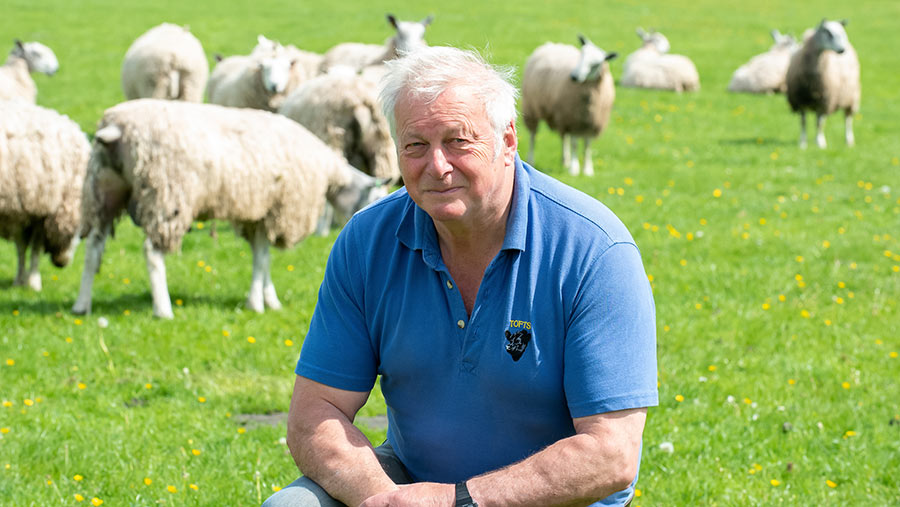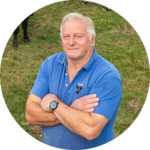Farmer Focus: Wondering if myostatin spells trouble
 © Angus Findlay
© Angus Findlay Spring started well here in February and March, but April’s northerly winds slowed grass growth and delayed drilling.
May has been warm and wet and crops have jumped. As they say “rain in May makes the hay”, here’s hoping.
Lambing and calving were busy, but relatively straightforward. After two cycles, 90% of the cows had calved. Our only disaster is the loss of three sets of twins, each with the first calf tail first.
See also: What is pelvic scoring and how valuable is it for calving?
Frustratingly, six living calves would have meant a 102% calving. We have just measured the pelvises of 93 yearling heifers, 14 of which have been rejected due to small pelvis measurements (<140sq cm).
These heifers are well grown, with good phenotype and are visually impressive, but internally there is a different story. Interestingly, two female families with several rejections are myostatin NT821 carriers.
It appears that pelvic measurements are influenced more by the dam than the sire. The five heifers (out of 58) that required assistance at calving were all myostatin carriers.
We have semen tested our yearling bulls prior to sale. Again, myostatin appears to have an influence. The rejects have small testicles (<30cm) and a lack of viable semen.
Our experience suggests that yearling bulls that fail a semen test do not improve as they mature. How many sub-fertile bulls have been supplied across the industry over the years?
A trend to breed for improved carcass yield in sheep and cattle has seen many breeders seek leaner, more muscular genetics, resulting in myostatin coming to the fore.
There are several myostatin variants and some are better than others, but I feel what you gain in carcass you may lose in overall suckler productivity.
Fertility and reproduction are key for our business. And with staffing issues on many farms, it’s imperative our animals can calve and lamb themselves.
My antipodean friends believe the UK’s human-dependent livestock industry is crazy. Having reached a certain age, I hope to reduce my physical workload, not increase it.
Our apprentice will shortly leave us, having been headhunted by a local farmer. He has been a great asset to us and has learned a lot, showed great promise, and became multiskilled for modern agriculture. We will miss him.

